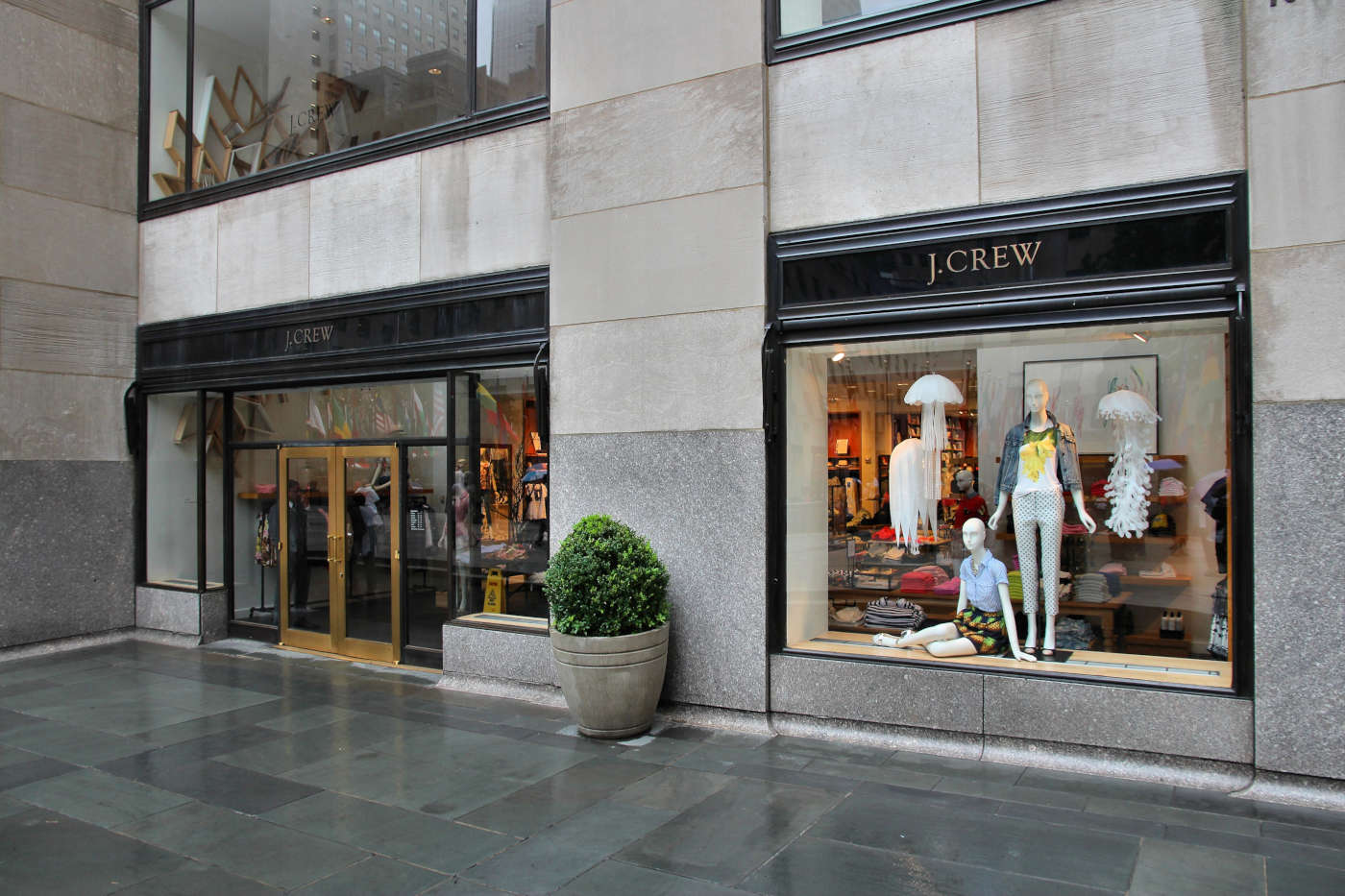
For years, lenders have signed on to commercial loans with fewer and more flexible covenants. This has enabled borrowers in today's challenging business environment to pursue distressed exchanges (DEs) that can lead to increased loan losses - a trend that is likely to ramp up significantly.
A spotlight shone on the issue in 2017 when J. Crew Group pursued a distressed debt exchange with lenders and later transferred intellectual property to a subsidiary that was not a part of its loan agreement, using the secured debt of that entity as part of the exchange. Lenders, which argued that was not in compliance with documentation terms, saw their claims thrown out in court.
When the retailer announced its Chapter 11 bankruptcy filing May 4, which included plans to convert $1.65 billion of debt into equity, Moody's Investors Service vice president Raya Sokolynanska noted that the term-loan lenders that lost the J. Crew brand collateral still have first priority interest, although they are “disadvantaged relative to their original position.”
Scenario Estimates
Moody's said in a late March report that DEs will likely rise in tandem with corporate defaults. Private equity-owned companies, especially, may turn to them if they are short on cash and can't raise money or obtain waivers or amendments.
“Under a scenario of a sharp-but-short downturn, the number of DEs would climb to 88 in the coming 12 months, up from 41 last year,” the report says. “In a scenario in which the downturn is similar to that of the global financial crisis, the number of DEs would spike to 208 in a year's time.”
Derek Gluckman, vice president-senior covenant officer at Moody's, pointed to carve-outs in the investment covenant as a likely vehicle enabling DEs, “since flexibility there remains widespread and often significant in magnitude.”
He added such transactions are also possible with loan-only capital structures, especially problematic for investors believing they had ironclad first-lien security interests in the collateral. “This kind of unanticipated risk exposes lenders to potential unexpected loss,” he said.
First vs. Second Lien
Moody's notes that the prototypical DE switches unsecured bonds for a reduced amount of secured second-lien bonds. That preserves loan investors' principal and priority, since unsecured bondholders bear the losses.
However, if there is no unsecured debt in the capital structure, first-lien lenders find themselves in a more problematic situation, losing access to collateral that was originally theirs in the event of a bankruptcy.
For example, the borrower can create new, first-lien debt with higher priority in a couple of ways, such as the investment carve-out strategy used by J. Crew, and use the new debt to pay down the existing debt.
“Lenders under the old debt have more incentive to agree to an exchange or otherwise accommodate the borrower, because some portion of their collateral is now securing that piece of debt instead of their debt,” Gluckman said.
Cash-for-debt exchanges are another alternative - essentially a prepayment. But that typically requires some cash-raising event, such as an asset sale, that may be challenging in today's volatile environment.